May is Motorcycle Safety Awareness Month. This is a great time to remind drivers about the importance of remaining aware and alert for motorcyclists. One way that the DOTs are helping keep riders safe is through the installation of rumble strips and reflective pavement markings.
The Important Role Rumble Strips Play in Roadway Safety
Rumble strips are grooves cut into a road surface, which create a sound and vibration when vehicles drive over them. This sound serves to alert drivers of their proximity to the center of a road and can help prevent head-on collisions with oncoming motorcycles.
The use of centerline rumble strips is an important tool for creating safer roads for motorcyclists.
Studies have shown that rumble strips are effective at alerting drivers and reducing motorcycle accidents. According to a study conducted by Caltrans, adding centerline rumble strips to roadways can reduce fatalities and injury crashes by up to 50 percent. (1) Caltrans, The State of California, Department of Transportation.
Reflective Pavement Markings and Safety
Another effective way to improve road safety is through improved visibility. Reflective pavement markings are especially important for road safety. Studies have shown that reflective pavement markings (RPMs) can reduce nighttime accidents by up to 28%, resulting in fewer fatalities, serious injuries, and property damage. (3)
So how do we keep Centerline Rumble strips from looking like this?

Longitudinal joints are the Achilles’ heel of every paved road. Road managers know the first part of the pavement to fail is the longitudinal joint. As the road’s most permeable part, this joint is susceptible to the elements. Rumble strips at the centerline will cause even more fatigue to the centerline because of the additional exposure to air and water working down through this unavoidable seam in the pavement. This will lead to the joint deteriorating, with more cracks and potholes. Inevitably, after the longitudinal joint fails, the rest of the road soon follows — triggering the need for even more maintenance.
How to Better Protect Longitudinal Joints – During Construction
The goal of using a Void Reducing Asphalt Membrane (VRAM) prior to the final HMA lift of construction is to fill the voids with an asphalt product from the bottom up to keep the joint from needed more work later.
Since 2002, J-Band®, Asphalt Material, Inc’s VRAM is helping set the standard as a proven approach that protect joints from premature failure. An investment in protecting the longitudinal joint helps roads last up to 5 years longer and typically delivers a return on investment of 3 to 5 times its cost. Every dollar invested in J-Band can save at least two dollars in avoided and deferred maintenance costs.
How to Better Protect Longitudinal Joints – After Construction

A Rapid Penetrating Emulsion (RPE) applied shortly after a new asphalt pavement is constructed, offers additional protection for pavements, especially pavements that have rumble strips.
Historically, fog seals have been used to fortify rumble strips at joints. However, this technique can result in a film forming on the road surface, which diminishes the macrotexture and hinders the proper adhesion of lane stripes. This not only poses significant safety risks but also incurs expensive costs due to the frequent replacement of stripes. This is possible because the penetrating emulsion of RPE is absorbed into the pavement instead of forming a layer on top of it.
An RPE helps protect pavements while also helping retain the macrotexture of the surface, allowing for the adhesion that is needed for thermoplastic striping and RPMs.
AMIGUARD™, Asphalt Materials, Inc’s rapid penetrating emulsion (RPE) is specially formulated to penetrate quickly and thoroughly. Its reduced surface tension allows it to seep into the pavement voids quickly, so drivers can get back on the road sooner.


AMIGUARD and J-Band together can provide several more years of protection for your pavement resulting in longer-lasting, safer roads for the motorists, motorcyclists, and construction crews.
This Motorcycle Safety Awareness Month spread the word about the importance of centerline rumble strips and other measures that can help keep riders safe on the roads.
If you’re interested in learning more about AMIGUARD™ or using it in a project, contact Vice President of Specialty Products Dave Henderson at specialtyproducts@thgrp.com. J-Band® and CCAP ® are registered trademarks of Asphalt Materials, Inc. AMIBIND™, AMIBOND™, AMICYCLE™, AMIGUARD™, AMISEAL™ are trademarks of Asphalt Materials, Inc.
Resources:
- FHWA Crash Emphasis Areas: https://safety.fhwa.dot.gov/roadway_dept/strat_approach/brochure/
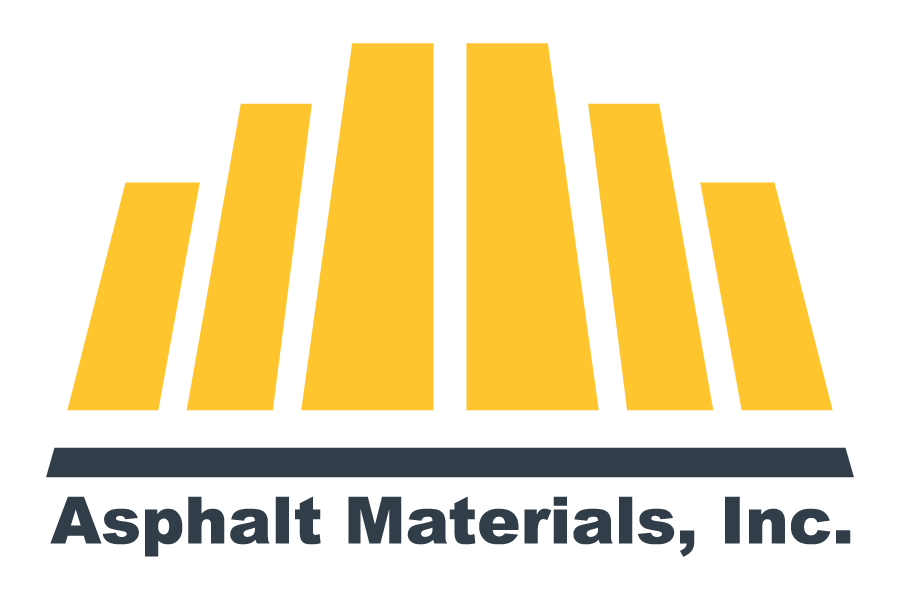


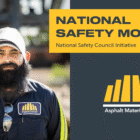
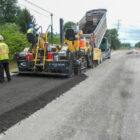
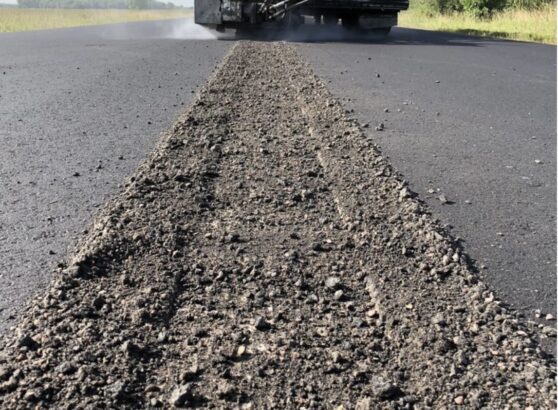

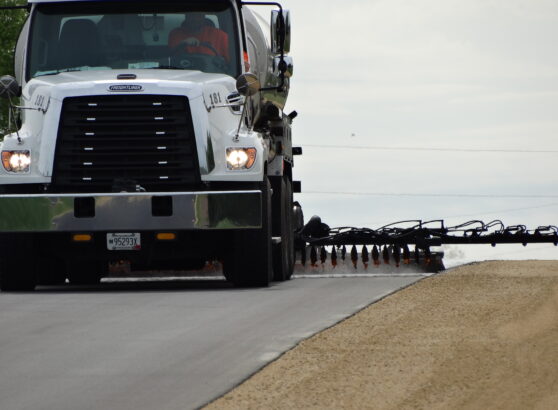
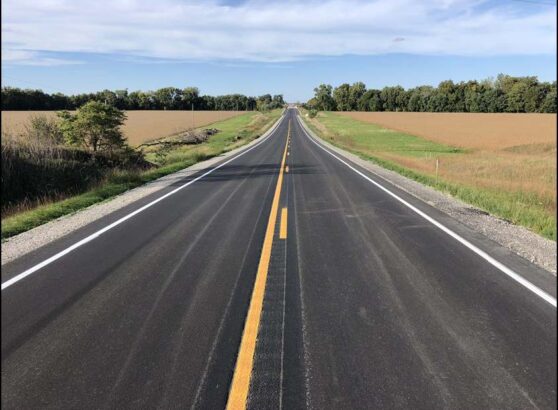


Recent Comments